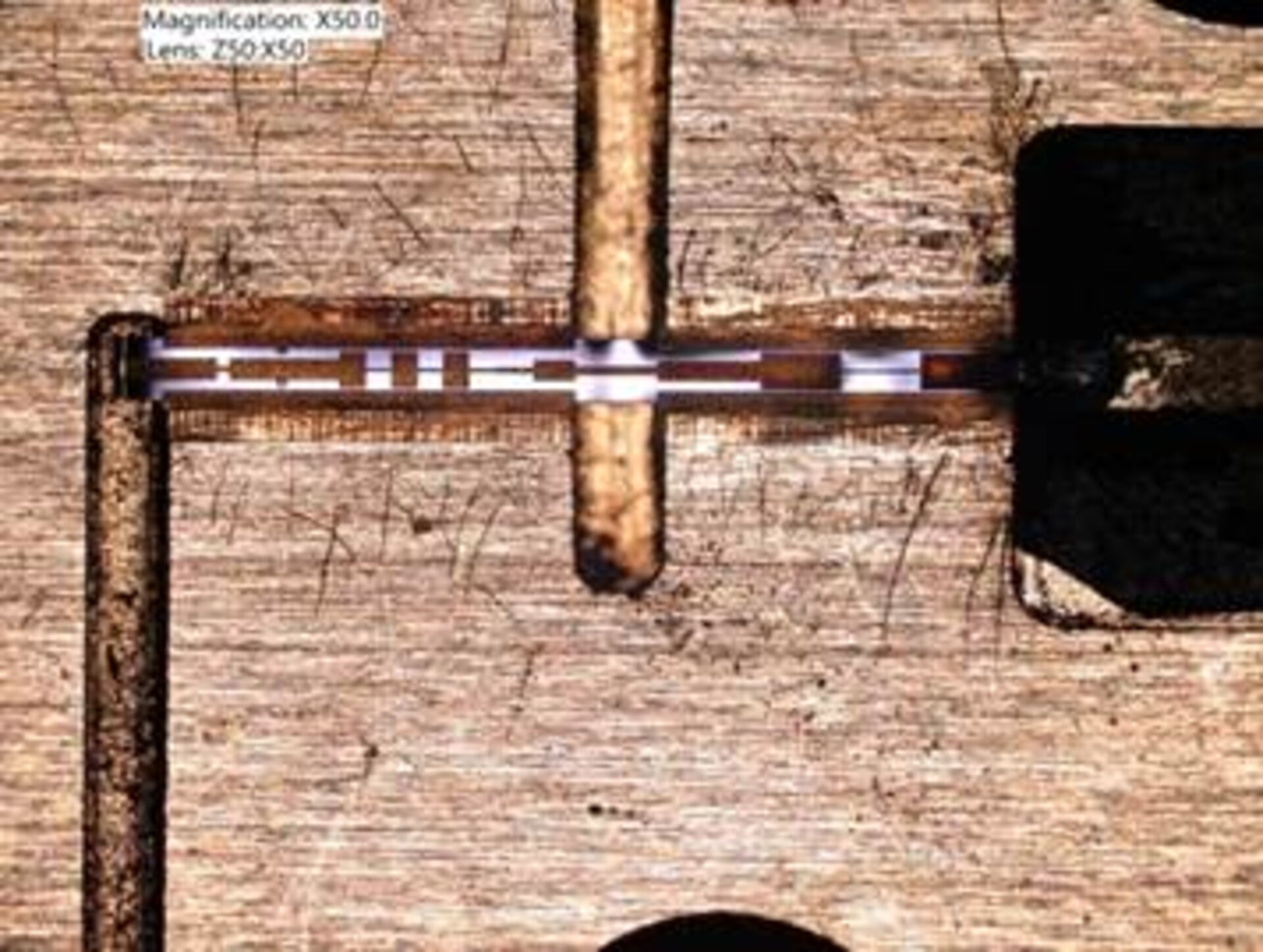European Schottky Technology - Phase 1B
| Programme: | GSTP | Achieved TRL: | 4 |
| Reference: | G617-149ET | Closure: | 2017 |
| Contractor(s): | Tyndall National Institute (IE), Farran Technology (IE) | ||
Some space missions and instruments employ heterodyne receivers operating above 100GHz, which require Schottky components for the generation of the local oscillator signal and/or downconversion of the signal. Since a European supplier for these devices would be highly desirable, ESA has carried out several technology studies in the past. The present activity is the first phase of a planned larger programme that aims at the development of an industrialised supplier for Schottky components.
Objective(s)
The main objectives of this activity are: (1) To develop discrete Schottky diodes with good electrical and mechanical characteristics, both for mixers and frequency multipliers, and: (2) To demonstrate their good performance by designing, fabricating and testing of mixer and multiplier Demonstrators for a receiver operating around 300 GHz.

Achievements and status
The feasibility of millimetre wave mixers and multipliers that employ a complete circuit on a semiconductor membrane as opposed to using discrete diodes mounted in a quartz substrate circuit have been demonstrated. However although the membrane approach has been shown to be an advantage for manufacturing millimetre wave circuits both in this work and in a previous activity (Development of Schottky MMICs for High Frequencies, 20206/06/NL/GLC), integrating the Tyndall Schottky diode on to the membrane substrate needs further development to overcome the remaining problems which are fabrication related.
Benefits
The developed technology has shown the feasibility of integrating Schottky diodes on a semiconductor membrane substrate configured as a mixer or multiplier circuit operating above 300GHz. The technology can be used to develop a complete millimetre wave receiver on a single substrate.
Next steps
The current activity has terminated, but any future development should concentrate on the membrane substrate structure and integration of the diode.


